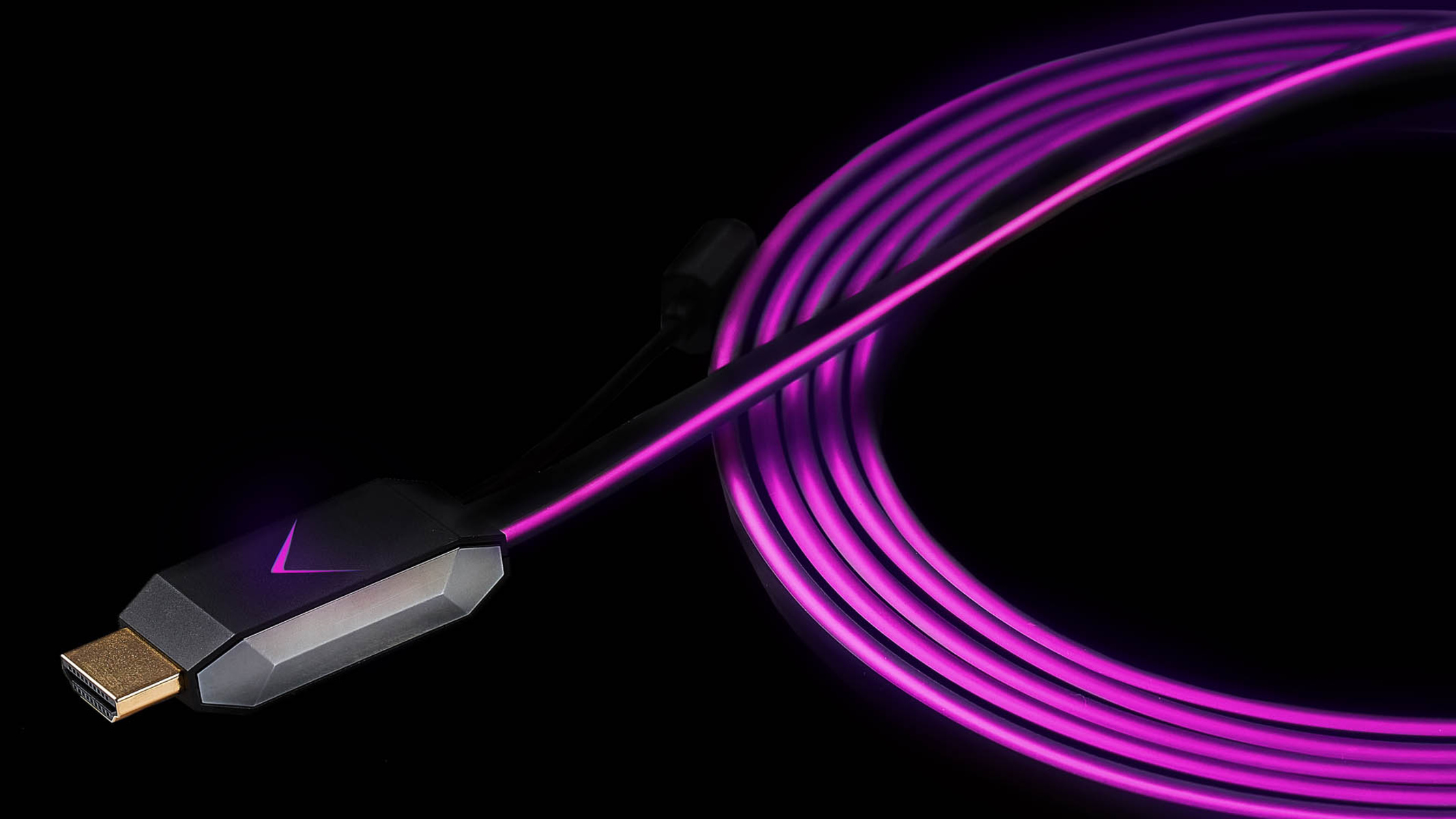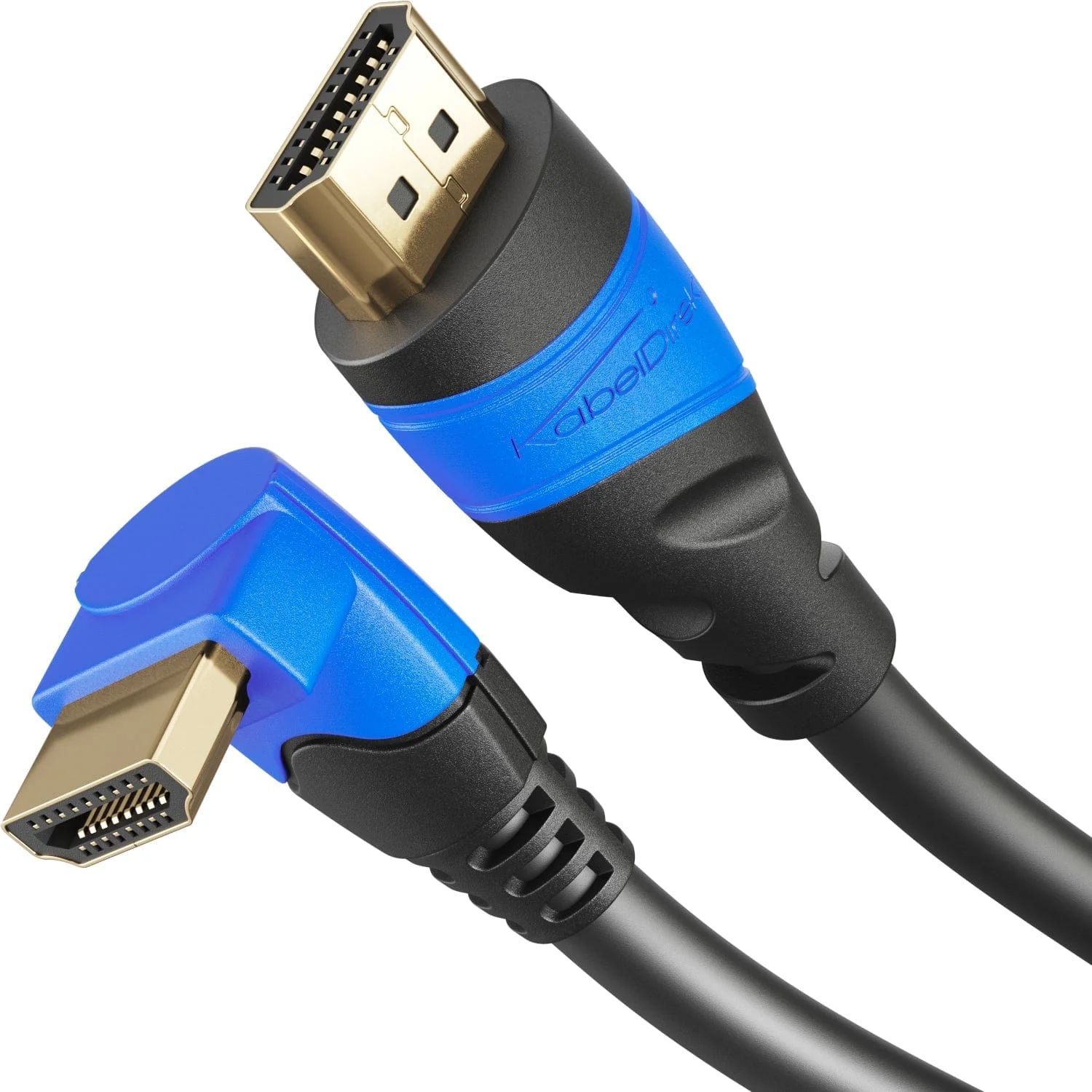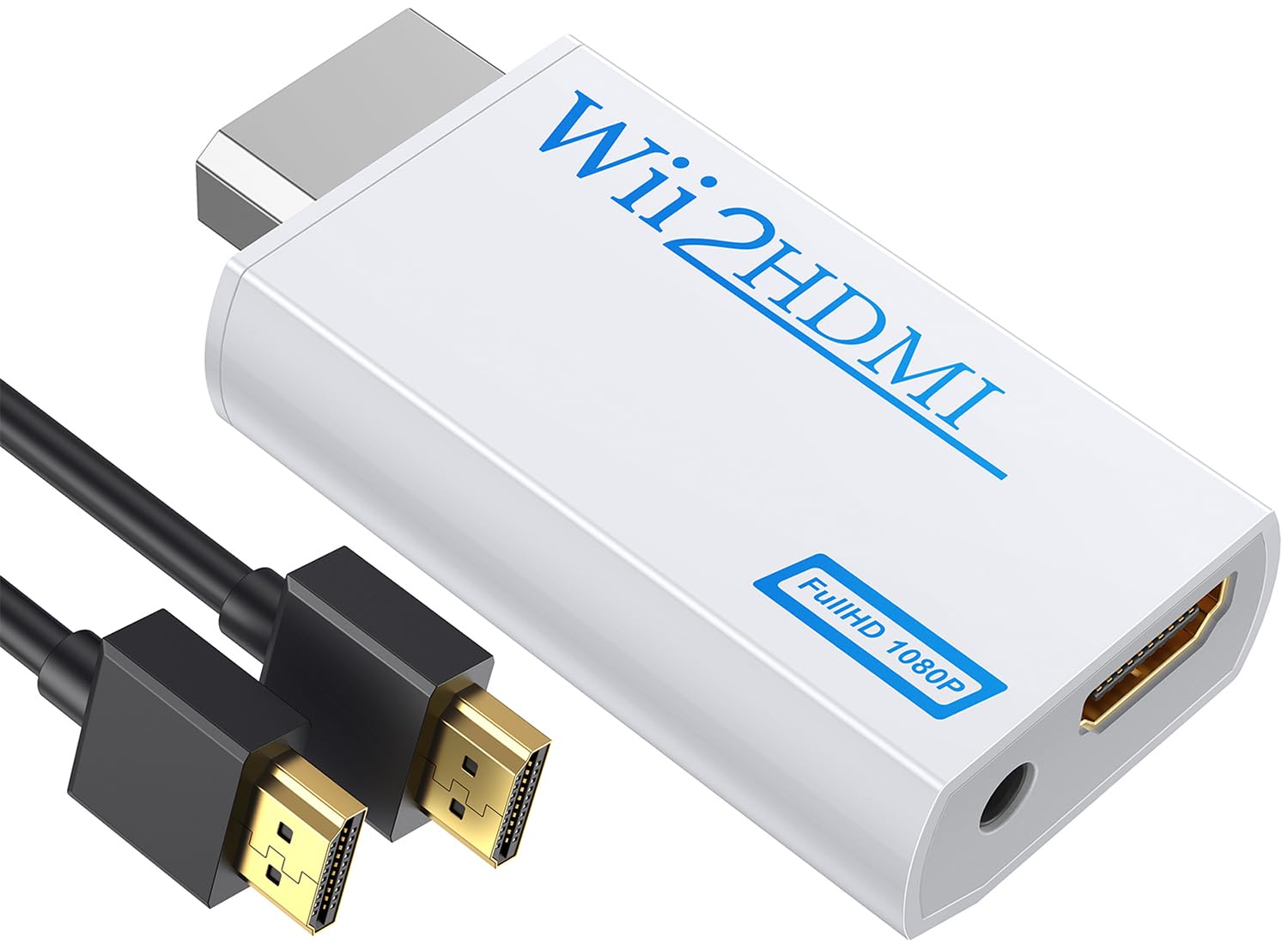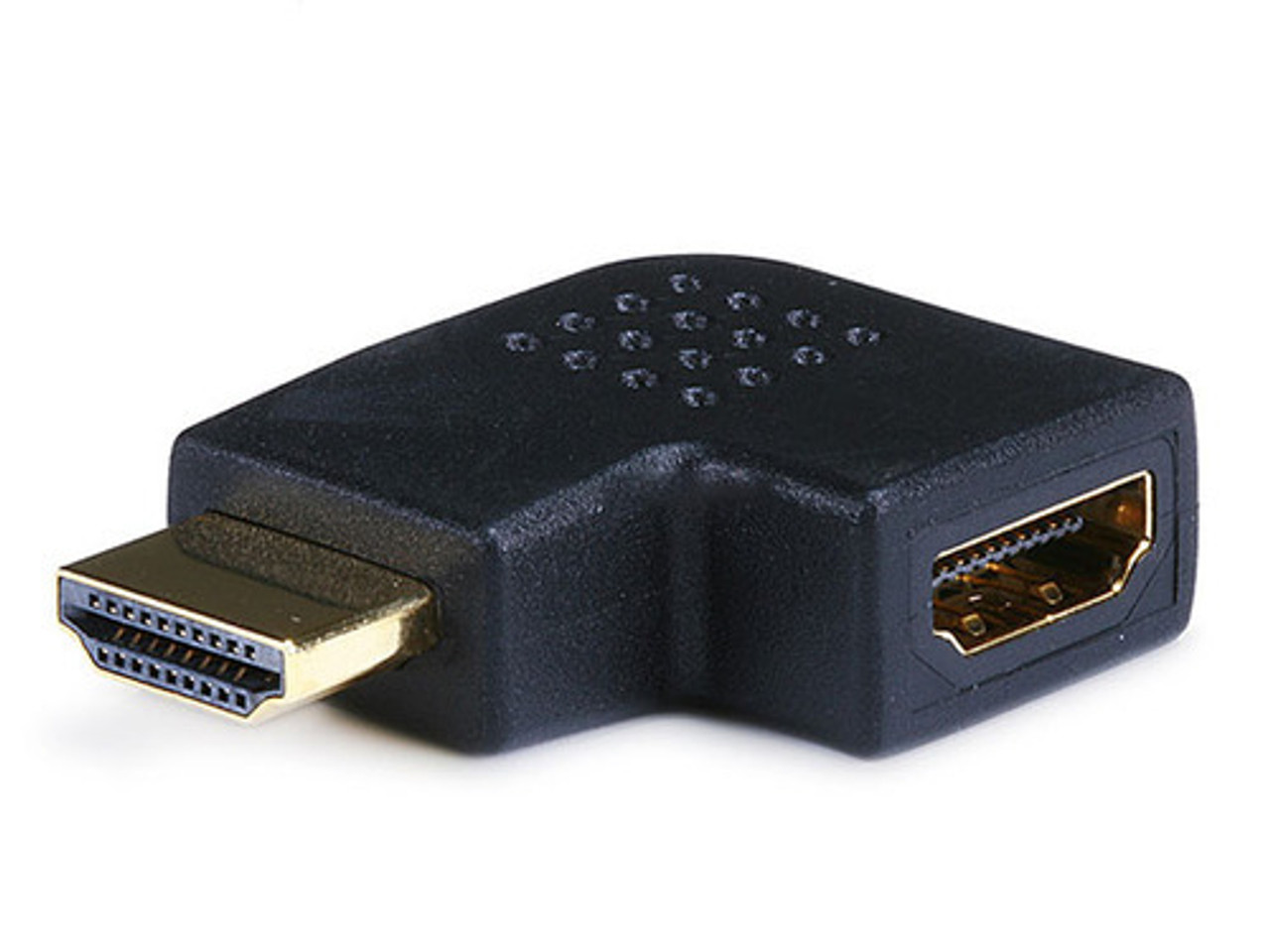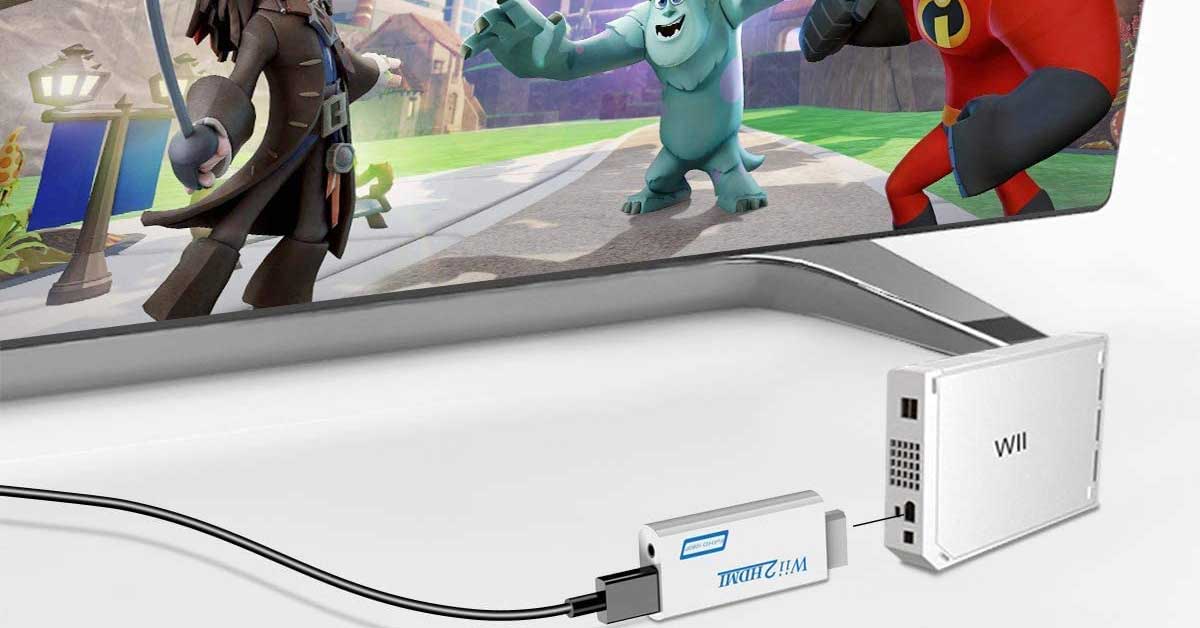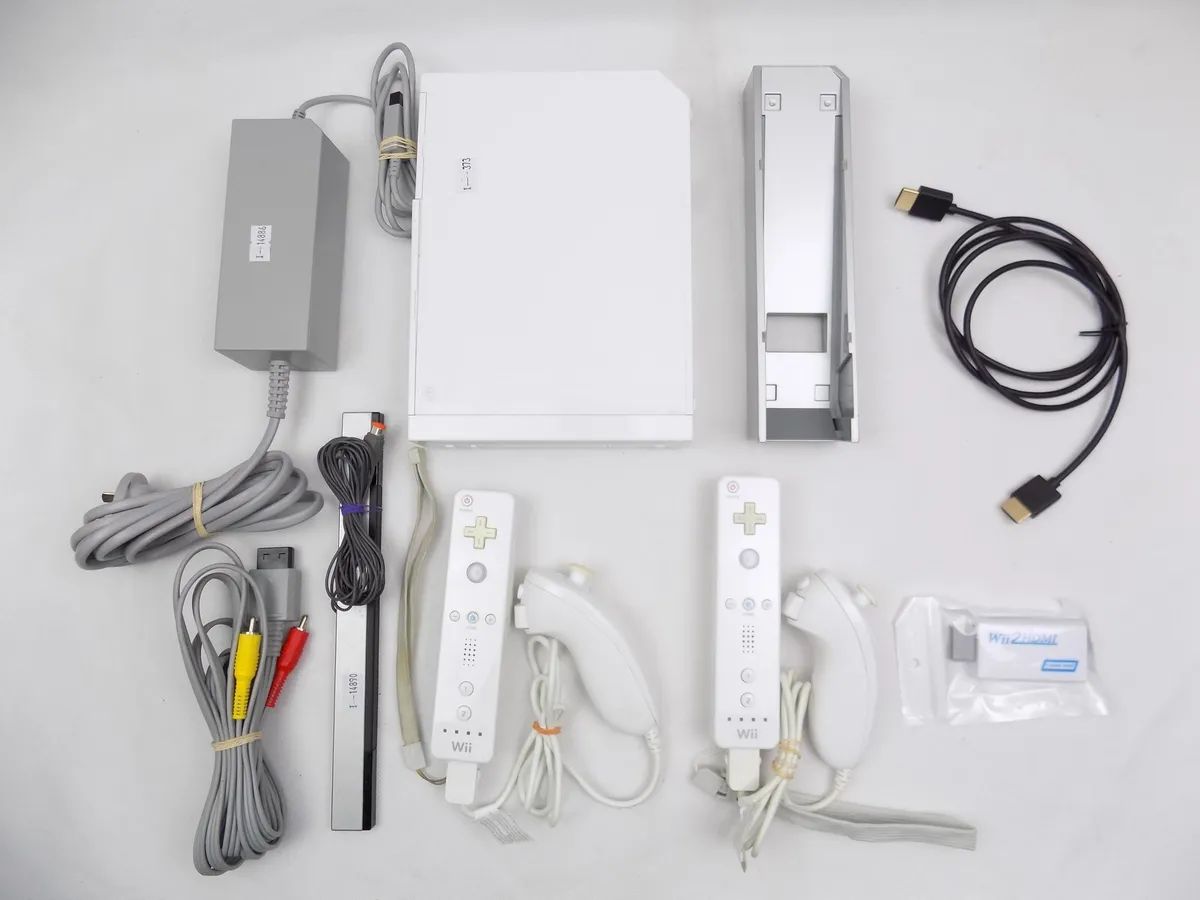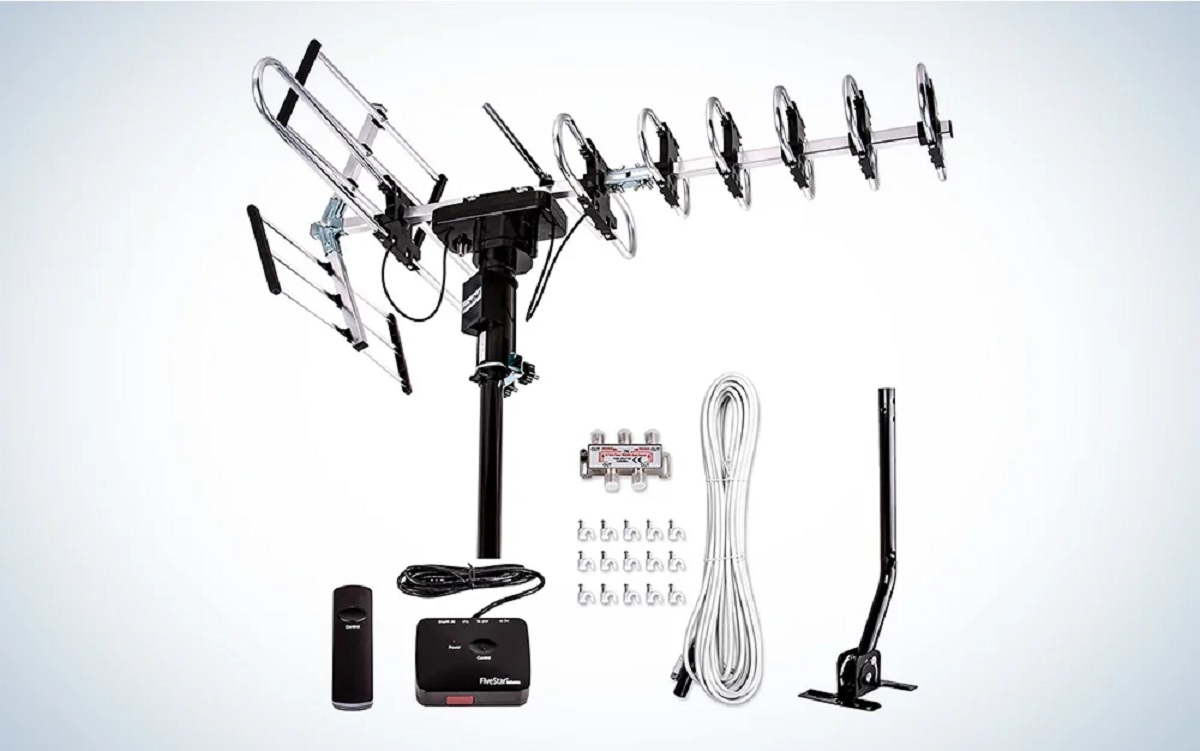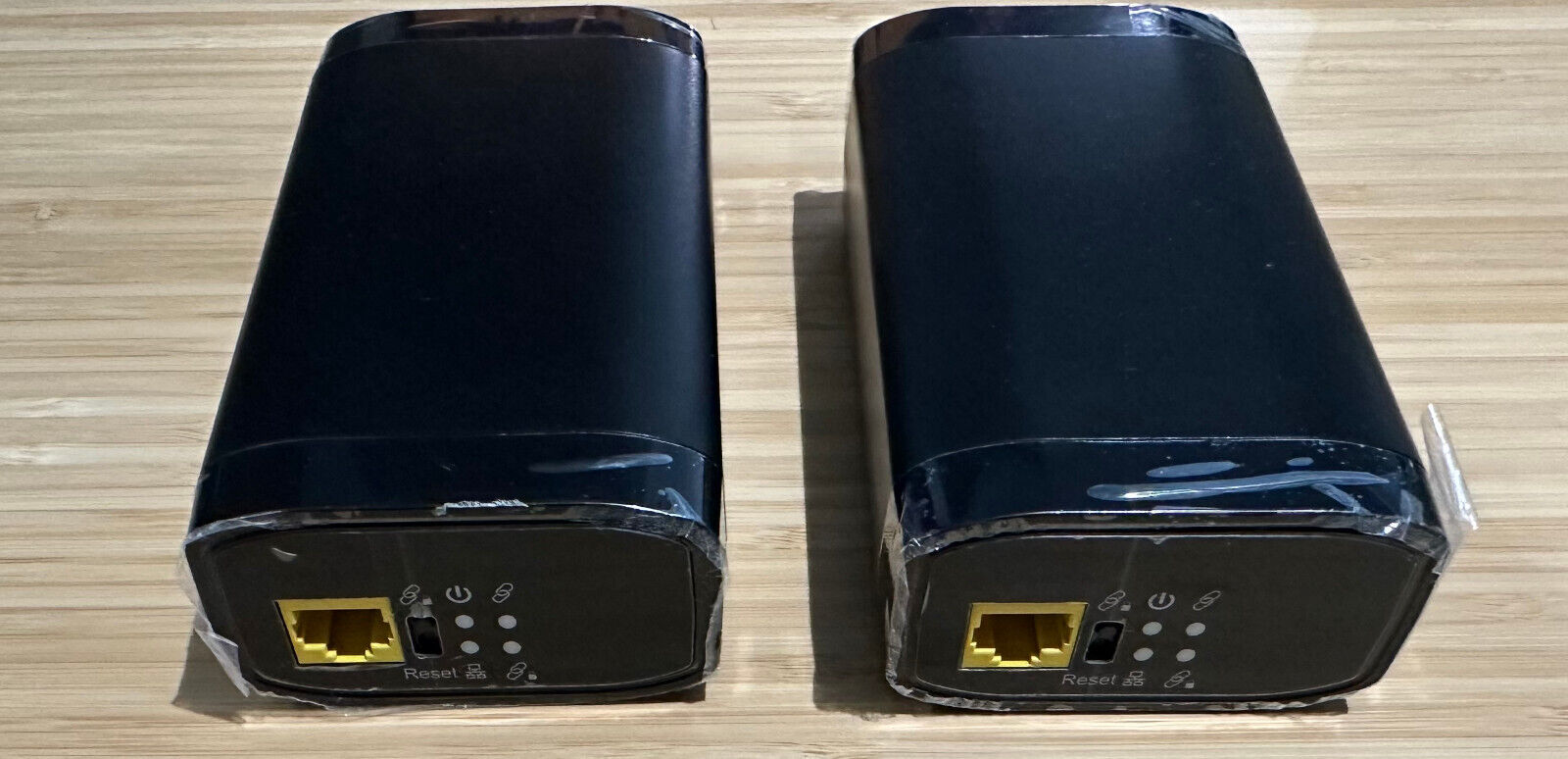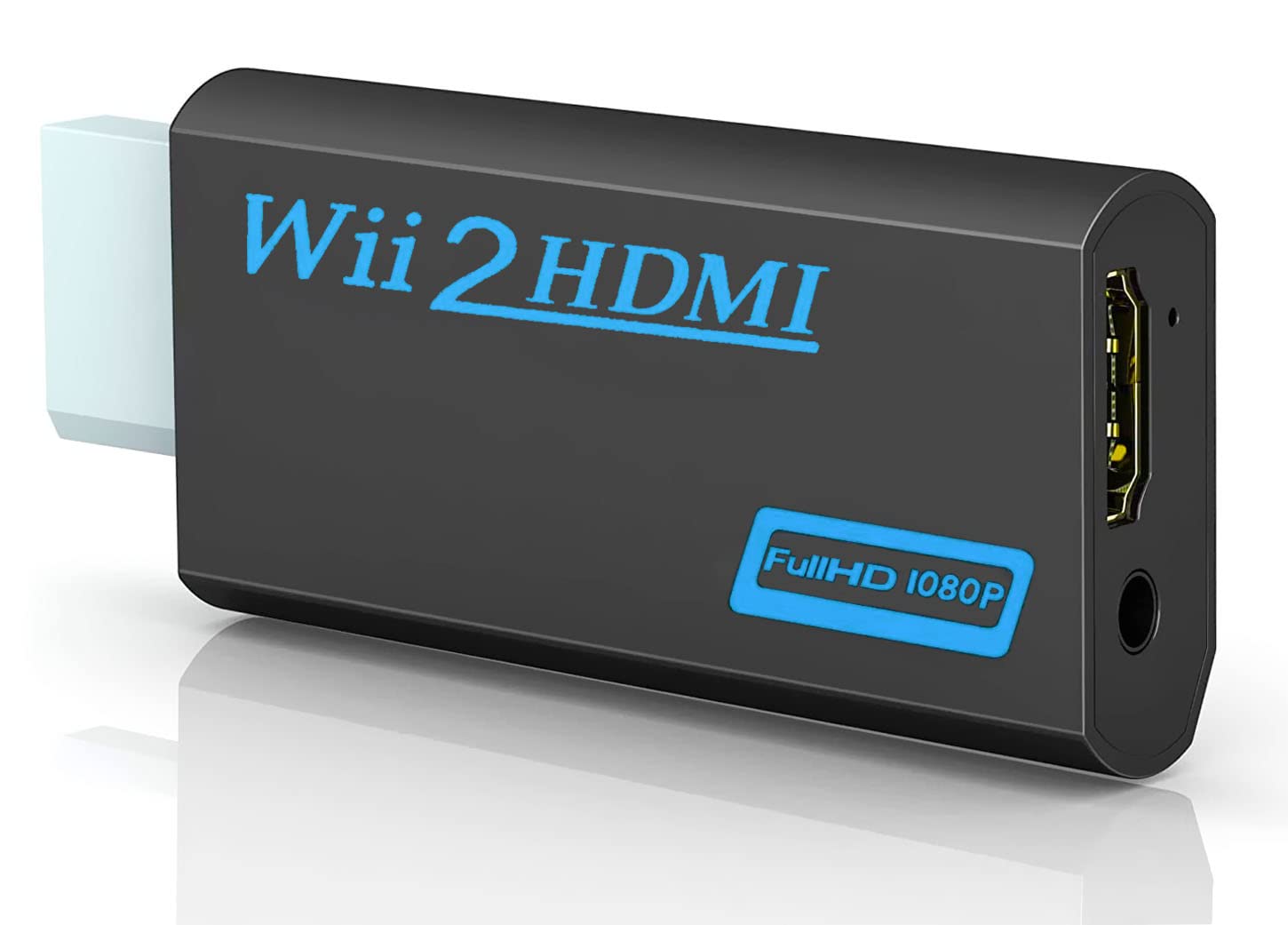Introduction
Welcome to the world of high-definition digital entertainment! If you’re here, you’ve probably heard of HDMI cables, and you might be wondering just how much they cost. HDMI (High-Definition Multimedia Interface) cables are essential for connecting your devices, such as TVs, gaming consoles, or streaming devices, to enjoy crystal-clear video and audio quality.
In today’s technology-driven world, where crisp visuals and high-fidelity sound are the norm, having a reliable HDMI cable is crucial. However, with so many options available in the market, it can be overwhelming to determine the right cable for your needs and budget. In this article, we’ll explore the factors that affect HDMI cable pricing and help you make an informed decision.
Before we delve into the details, it’s important to understand the basics of an HDMI cable. An HDMI cable carries both audio and video signals from the source device to the display device, ensuring a seamless connection and delivering the highest quality digital output. With an HDMI cable, you can enjoy stunning visuals in Ultra HD resolution and immersive sound with support for Dolby Atmos or DTS:X technologies.
Now, let’s turn our attention to the factors that determine the cost of an HDMI cable. It’s crucial to have a clear understanding of these factors before making a purchase to ensure you get the most value for your money. So, let’s explore the key aspects that influence the pricing of HDMI cables.
What is an HDMI cable?
An HDMI cable is a digital interface that transmits high-definition audio and video signals between devices. HDMI stands for High-Definition Multimedia Interface, and it has become the standard for connecting various electronic devices, such as TVs, DVD players, gaming consoles, and computers.
HDMI cables have revolutionized the audio and video industry by providing a single cable solution for transmitting uncompressed digital signals, ensuring the highest quality audio and video output. Unlike older analog cables, HDMI cables use a digital format, resulting in sharper images, vibrant colors, and immersive sound.
The primary purpose of an HDMI cable is to provide a seamless connection and deliver the best possible audio and video quality. With HDMI technology, you can enjoy high-definition content in resolutions up to 4K Ultra HD, with support for advanced features like HDR (High Dynamic Range) and a wide color gamut.
One of the significant advantages of HDMI cables is their simplicity and ease of use. You only need to connect one end of the HDMI cable to the HDMI output port on your source device, such as a Blu-ray player or gaming console, and the other end to the HDMI input port on your TV or monitor. The cable will handle both audio and video signals, eliminating the need for multiple cables and complicated setup procedures.
Furthermore, HDMI cables also support various audio formats, including Dolby Digital, DTS, and more recently, object-based audio formats like Dolby Atmos and DTS:X. This allows you to experience immersive, three-dimensional sound with compatible audio systems.
It’s essential to note that HDMI cables come in different versions, with each version introducing new features and improved capabilities. The most common versions you’ll come across are HDMI 1.4, HDMI 2.0, and the latest version as of now, HDMI 2.1. The newer versions support higher resolutions, faster refresh rates, and additional features like variable refresh rate (VRR) and auto low latency mode (ALLM).
Now that you have a clear understanding of what an HDMI cable is and its capabilities, let’s explore the factors that influence their cost and help you make an informed decision when purchasing one.
Factors that affect the cost of an HDMI cable
When it comes to HDMI cables, their cost can vary significantly based on several factors. Understanding these factors will help you navigate through the options and choose the right HDMI cable for your needs without overspending. Let’s take a closer look at the key factors that influence the price of an HDMI cable.
1. Cable Length: One of the primary factors that determine the cost of an HDMI cable is its length. Longer cables require more materials and manufacturing processes, which can result in higher prices. It’s important to consider the distance between your source device and the display when selecting an HDMI cable, as excessively long cables can lead to signal degradation.
2. Cable Build Quality: The build quality of an HDMI cable refers to the construction and materials used in its manufacturing. Higher-quality cables often feature thicker conductors, better shielding, and more durable connectors. While these cables may come at a higher cost, they provide better signal integrity, reduce interference, and are more likely to be long-lasting.
3. Certification and Licensing: HDMI cables that are certified by HDMI Licensing LLC tend to be priced higher than uncertified cables. Certification ensures that the cable meets specific technical standards and performance requirements. While certification is not mandatory, opting for certified cables can provide peace of mind and assurance of quality.
4. Bandwidth and Features: HDMI cables are available in various specifications, known as categories. Higher category cables, such as Category 2 or High-Speed HDMI cables, have a higher bandwidth capacity and support advanced features like 4K resolution, HDR, and higher refresh rates. These cables are often priced higher than standard or older category cables.
5. Brand and Reputation: Like with any product, the brand and reputation of the HDMI cable manufacturer can influence the price. Established brands often have a track record of producing reliable and high-quality cables, which can justify a higher price tag. However, lesser-known brands may offer comparable performance at a more affordable price.
6. Market Demand: Market demand can also affect the cost of HDMI cables. When a particular cable model or brand gains popularity, the increased demand can lead to higher prices. Conversely, less popular cables may be priced lower to attract customers.
It’s important to note that there is a common misconception about HDMI cables that higher-priced cables always offer better performance. In reality, the digital nature of HDMI means that as long as the cable meets the necessary specifications for your setup, the performance should be identical. Prioritize selecting the right cable for your needs rather than focusing solely on price.
Now that we understand the factors affecting HDMI cable pricing, let’s debunk some common misconceptions about HDMI cables near the next section.
Common misconceptions about HDMI cable pricing
When it comes to purchasing HDMI cables, there are several common misconceptions that can lead to confusion and potentially overspending. Let’s explore and debunk some of these misconceptions to help you make a more informed decision.
1. Expensive cables offer better performance: Many people mistakenly believe that higher-priced HDMI cables provide superior performance compared to more affordable options. However, for digital signals, the cable either works perfectly or doesn’t work at all. As long as the cable meets the necessary specifications for your setup, there won’t be any noticeable difference in performance between an expensive cable and a more budget-friendly one.
2. Gold-plated connectors are essential: Some cables boast gold-plated connectors as a selling point, leading consumers to believe that these connectors enhance performance. While gold plating can offer better resistance to corrosion, it does not impact the transmission of audio or video signals. The quality of the connector and the cable’s construction are more critical factors to consider.
3. Thicker cables are always better: Another misconception is that thicker HDMI cables are inherently superior to thinner ones. While thicker cables may provide better durability, they do not guarantee better performance or signal quality. The category and specifications of the cable (such as High-Speed HDMI) are better indicators of performance than cable thickness.
4. All HDMI cables are the same: While it is true that HDMI cables with the same specifications will provide identical performance, it’s important to consider factors like build quality, length, and certification. Cheaper cables may have poorer construction, resulting in a shorter lifespan or higher susceptibility to interference. Pay attention to these factors rather than assuming that all HDMI cables are equal.
5. HDMI cables need to be replaced regularly: HDMI cables are built to last and transmit digital signals reliably for many years. Unless your cable is physically damaged or experiences connectivity issues, there is generally no need to replace it. The idea of regularly upgrading HDMI cables is unnecessary and may only result in unnecessary expenses.
It’s important to approach HDMI cable purchasing with an understanding of these misconceptions to avoid falling into unnecessary spending traps. By focusing on the specifications, build quality, and appropriate length for your setup, you can find a reliable HDMI cable that fits your needs without breaking the bank.
Now that we’ve debunked these common misconceptions, let’s explore what you can expect from budget HDMI cables and whether high-end cables are worth the price in the next sections.
Budget HDMI cables: What to expect
If you’re on a tight budget, opting for a budget-friendly HDMI cable is a practical choice. While these cables may not have all the bells and whistles of higher-priced options, they can still provide reliable performance for most home entertainment setups. Here’s what you can expect from budget HDMI cables:
1. Basic functionality: Budget HDMI cables are designed to provide the essential functionality of transmitting audio and video signals between devices. They meet the minimum specifications required for high-definition content, typically supporting resolutions up to 1080p and standard audio formats like Dolby Digital and DTS.
2. Adequate build quality: Although budget cables may not feature the highest build quality compared to expensive options, they are often still well-made and durable. Look for cables with decent wire thickness and sturdy connectors to ensure a reliable connection. While they may not have the same level of shielding as higher-priced cables, they generally perform satisfactorily in most setups.
3. Notable length limitations: Budget HDMI cables often come in shorter lengths, typically ranging from 3 to 6 feet. If you have a small entertainment center or plan to connect devices in close proximity, these lengths should suffice. However, if you require longer cable runs, you may need to consider higher-priced options that offer longer lengths without compromising signal integrity.
4. Limited additional features: Budget HDMI cables may not support all the advanced features and technologies, such as 4K resolution, HDR, or higher refresh rates. If you have a standard high-definition display and do not require these advanced features, a budget cable will still provide a satisfactory viewing experience.
5. Affordability: The main advantage of budget HDMI cables is their affordability. These cables are significantly cheaper compared to their high-end counterparts, making them a cost-effective choice for everyday use. They allow you to connect your devices without spending a significant portion of your budget on cables alone.
It’s important to note that while budget HDMI cables can provide satisfactory performance for most users, it’s crucial to avoid extremely cheap cables that may sacrifice build quality and result in poor signal transmission. Stick with reputable brands or cables that have positive customer reviews to ensure a reliable purchase.
Now that we’ve covered budget HDMI cables, let’s explore whether high-end HDMI cables are worth the higher price in the next section.
High-end HDMI cables: Are they worth the price?
High-end HDMI cables often come with a premium price tag, leaving many consumers questioning whether they’re worth the extra investment. While budget cables can meet the needs of most users, there are certain scenarios where high-end cables may offer added benefits. Here are a few factors to consider when deciding if high-end HDMI cables are worth the price:
1. Advanced features and specifications: If you have a cutting-edge home theater setup with a 4K or even an 8K display, HDR support, or a high-refresh-rate gaming monitor, high-end HDMI cables may be necessary to fully utilize these features. These cables are designed to handle the increased bandwidth required for the latest technologies, ensuring optimal performance and compatibility.
2. Longer cable runs: If you have a setup that requires longer cable runs, high-end HDMI cables can maintain signal integrity over extended distances. These cables often feature better shielding and higher-quality conductors, minimizing signal loss and degradation. This is particularly important for professional installations or situations where cable length exceeds 15 feet.
3. Audio enthusiasts: If you’re an audiophile or have a high-end audio system, high-end HDMI cables might provide improved audio quality. They may have better insulation, reducing electromagnetic interference and delivering cleaner audio signals. Moreover, certain high-end cables can support advanced audio formats like Dolby Atmos or DTS:X, enhancing your audio experience.
4. Future-proofing: If you’re planning for the future and want to ensure your HDMI cable can handle upcoming technologies and standards, investing in a high-end cable might be worthwhile. These cables often support the latest HDMI specifications and are designed to keep up with evolving technology, granting you peace of mind in the long run.
However, it’s crucial to approach the purchase of high-end cables with caution. While they may offer certain advantages, it’s important to understand that the performance difference between budget and high-end cables is often minimal or negligible in most cases. For the average consumer with a standard home entertainment setup, the price premium of high-end cables may not be justified.
Ultimately, the decision to invest in high-end HDMI cables depends on your specific needs, preferences, and budget. Assess the requirements of your setup, consider the features you want to utilize, and evaluate the long-term benefits before deciding whether or not to spend extra on high-end cables.
Now that we’ve explored the cost considerations and performance factors, let’s discuss where you can purchase HDMI cables.
Where to buy HDMI cables
When it comes to purchasing HDMI cables, you have several options to choose from. Let’s explore the different places where you can buy HDMI cables:
1. Electronics Retailers: Electronics retailers, both online and brick-and-mortar, are popular places to buy HDMI cables. Stores like Best Buy, Fry’s Electronics, or specialty electronics stores offer a wide range of options, from budget-friendly cables to high-end ones. These retailers often have knowledgeable staff who can assist you in choosing the right cable for your setup.
2. Online Marketplaces: Online marketplaces like Amazon, eBay, and Newegg provide an extensive selection of HDMI cables from various brands and sellers. These platforms offer user reviews, making it easier to gauge the quality and performance of the cables. Additionally, online marketplaces often have competitive pricing, allowing you to compare prices and save money.
3. Manufacturer Websites: Many HDMI cable manufacturers have their own websites where you can browse and purchase their products directly. Buying from the manufacturer’s website ensures that you’re getting genuine products and may offer special deals or promotions. It’s a good option if you’re specifically looking for cables from a particular brand.
4. Local Electronics Stores: If you prefer the convenience of in-person shopping, local electronics stores in your area may carry HDMI cables. These retailers provide immediate access to cables, allowing you to physically examine the packaging and connectors before making a purchase. However, keep in mind that the selection may be more limited compared to larger electronics retailers.
5. Specialty AV Stores: Specialty audio-video stores or home theater retailers often cater to enthusiasts and professionals who require high-quality equipment. These stores may offer a curated selection of HDMI cables with a focus on performance and specific features. While they may have a higher price range, you can expect expert advice and a higher level of customer service.
Whichever option you choose, it’s essential to consider factors such as customer reviews, return policies, and warranty coverage when purchasing HDMI cables. Additionally, it’s worth checking for any bundled deals or discounted prices, especially if you’re looking to buy multiple cables or other electronic devices along with your HDMI cable.
Remember, it’s important to prioritize the specifications and requirements of your setup over brand names or extravagant claims. Focus on finding a reliable and suitable cable that meets your needs and budget.
Now that we’ve explored where to buy HDMI cables, let’s conclude our discussion on HDMI cable pricing and purchasing considerations.
Conclusion
Choosing the right HDMI cable is crucial for enjoying high-quality audio and video experiences. Understanding the factors that affect HDMI cable pricing, as well as common misconceptions, can help you make an informed decision without overspending.
When it comes to HDMI cables, budget options can provide satisfactory performance for most users. They offer basic functionality, adequate build quality, and affordability, making them a practical choice for everyday use. However, for those with advanced audio-visual setups or longer cable runs, high-end HDMI cables may be worth considering, as they can provide additional features, better signal integrity, and future-proofing.
Regardless of the cable you choose, it’s important to focus on the specifications, build quality, and appropriate length for your setup. Be cautious of extravagant claims or unnecessary features that can drive up the price without offering any significant benefits.
When purchasing HDMI cables, you have a range of options, including electronics retailers, online marketplaces, manufacturer websites, local electronics stores, and specialty audio-video stores. Take advantage of customer reviews, compare prices, and consider return policies to ensure a reliable purchase.
Remember, an HDMI cable is just one part of your overall audio-visual setup. Invest in high-quality devices, such as TVs, gaming consoles, or streaming devices, to fully enjoy the benefits of an HDMI cable.
By understanding the factors that affect HDMI cable pricing, debunking common misconceptions, and making a well-informed purchase, you can find the perfect HDMI cable for your needs and elevate your home entertainment experience.







